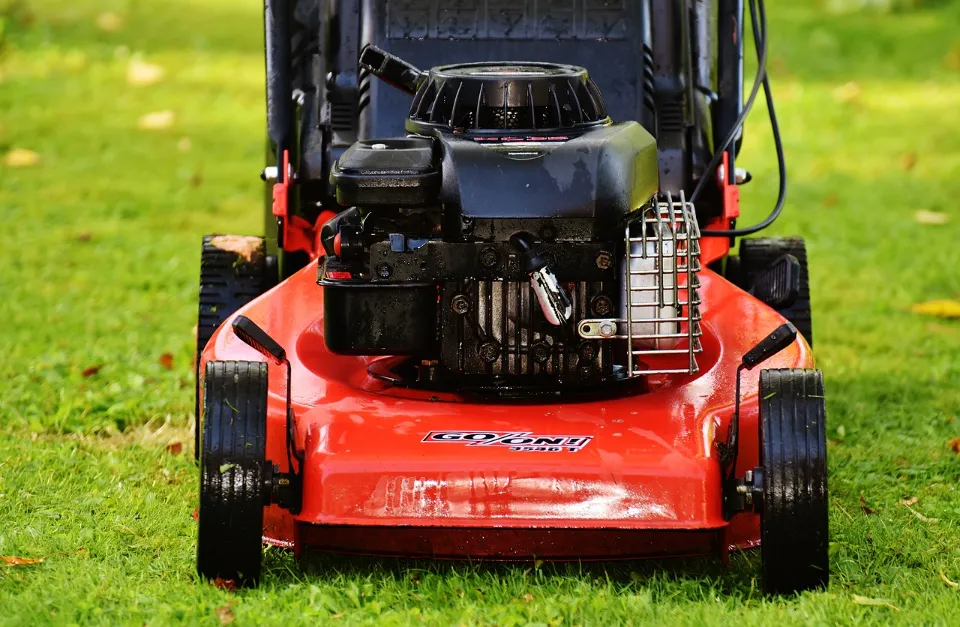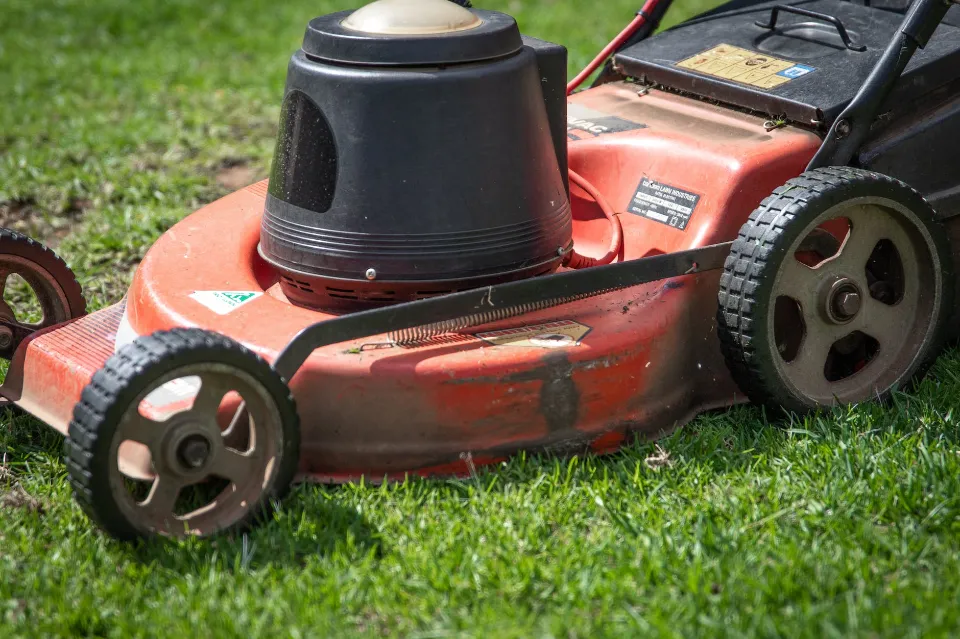The pros and cons of dethatching. It is a subject that is discussed quite often among homeowners. Additionally, both sides have strong arguments.
Dethatching a lawn has advantages and disadvantages. It can increase air, water, and sunlight penetration and decrease disease vulnerability.
Let’s talk about the advantages and disadvantages of dethatching, whether you have a small lawn with large patches or a large yard with small patches.
Also Read: How Often Should You Apply Sulfur to Lawn – 2023 Guide
What is Thatch?
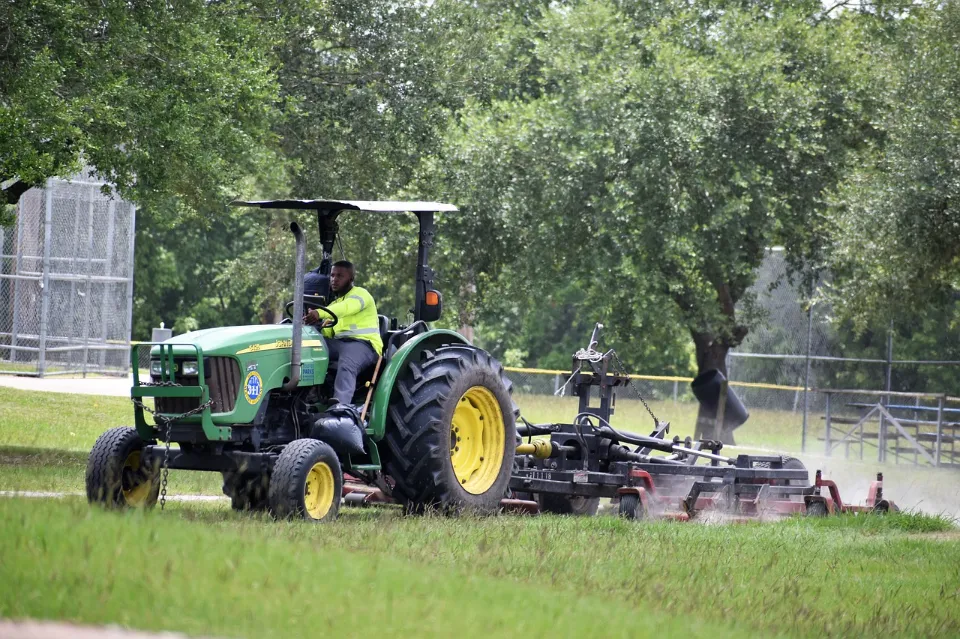
Thatch, in its simplest form, is the organic material layer that lies between the zone of vegetation and the soil surface. It contains both living and dead material. A lawn that feels spongy may be an indication that there is too much thatch present.
Thatch is made up of stem nodes, crowns, vascular tissue fibers, roots, and about 25% of thatch is made of lignin. Thatch can accumulate more quickly than it can be decomposed because lignin is resistant to microbial decay.
Pros and Cons of Dethatching Lawn
Here’s a quick rundown of all of the benefits of dethatching a lawn:
- Air and water will be able to reach grassroots
- Uptake of vital nutrients will be improved
- Your lawn will be able to drain and won’t retain water
- The risk of your lawn falling victim to lawn diseases and pests is reduced
And here are some cons of dethatching that you should be aware of:
- A minimal amount of lawn thatch (1/2″ or less) actually provides several benefits – protection from extreme temperatures, water retention, resistance to foot traffic – and these benefits will be lost.
- Dethatching should only be done during the season’s growth period because it can put the grass under a lot of stress and temporarily weaken it (this will depend on whether you have cold- or warm-season grass).
When used properly, dethatching can be a useful tool in any lawn owner’s toolbox. I wish you had a clearer understanding of the procedure after reading this guide.
Is It Good Or Bad?
The question of whether or not thatch is good or bad is one that some homeowners frequently seek an answer to, but the better query is: How much thatch is healthy? Thatch is best used in moderation, like most things in life.
A yard can benefit from having a thin layer of thatch (less than ½ inch thick), which will help protect it from chilly winds and foot traffic. By preventing weed seeds from getting into the soil and assisting in the retention of soil moisture, it can also lessen weed germination. According to Penn State’s Center for Turfgrass Science, about ½ inch can be beneficial on sports turf because it boosts resiliency and softens the impact, but any lawn with more than an inch of thatch will start to experience problems.
Excessive thatch can lead to a variety of problems. In addition to trapping roots, the thick layer can harbor pests and diseases and expose them to drought and extreme temperatures. Too much thatch can limit the ability of oxygen, water, insecticides and pre-emergent herbicides to reach their intended target.
When there are significant thatch layers, mower scalping can also happen. The height of the cut is also lowered as the mower wheels penetrate the thatch. It is also more likely to be scalped because the crowns of grass growing in thatch tend to be higher off the ground.
Why You Should Dethatch
When thatch production is higher and breakdown is lower, excessive thatch may be a problem. The soil cannot receive fertilizers, insecticides, air, water, or other essential elements when there is too much thatch. Additionally, it worsens sensitivity to cold and heat, attracts pests and insects, and promotes disease.
Cut a pie-shaped wedge out of the turf and measure the thickness of the thatch layer to see if a stand has too much thatch. If thatch is more than a half-inch thick, take action to reduce it.
Why You Shouldn’t Dethatch
Some thatch is beneficial to grass because it slows water loss. Your lawn is shielded from temperature changes by thatch, which acts as insulation. By keeping the soil cool, it also encourages tolerance to foot activity.
Healthy grass has thatch. Only when the thatch layer becomes too thick and keeps water and air from reaching the roots of your grass do you have a problem.
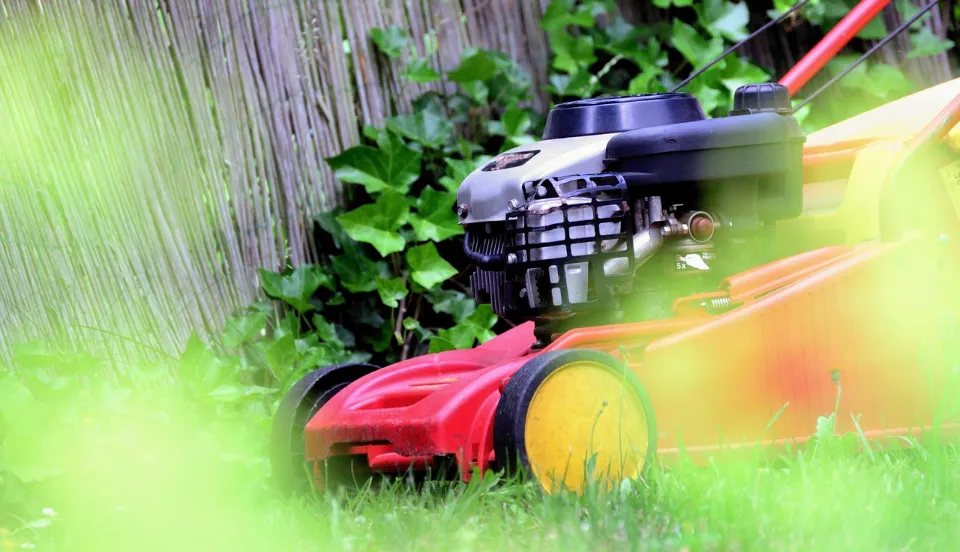
Causes of Thatch Accumulation
There are a number of factors that can lead to thatch buildup, which is when organic matter is produced faster than microorganisms can decompose it.
Depending on the species and variety of turfgrass, some species produce more stem tissue than others, which causes them to produce thatch more quickly than other species. Cool-season grasses such as Kentucky bluegrass, creeping red fescue and creeping bentgrass all form thatch at an accelerated rate and even certain cultivars of these grasses are worse with accumulation than others.
Perennial ryegrass and tall fescue, in contrast, rarely accumulate much thatch. However, even if you do have a grass that typically does not struggle with thatch accumulation, aggressive nitrogen fertilization can stimulate excessive leaf and stem production, which in turn leads to an overabundance of thatch.
Reduced microbial activity, which can happen in soils with an acidic pH of 5.5 or lower and prevent microorganisms from decomposing thatch, is another factor that promotes thatch buildup. Sand, clay, or compacted soils may not have the necessary numbers of microorganisms to control thatch.
Pesticides that reduce microorganism or earthworm activity can also decrease thatch breakdown. Overgrown grass, excessive watering and lack of aeration are all other contributors that can lead to unhealthy amounts of thatch.
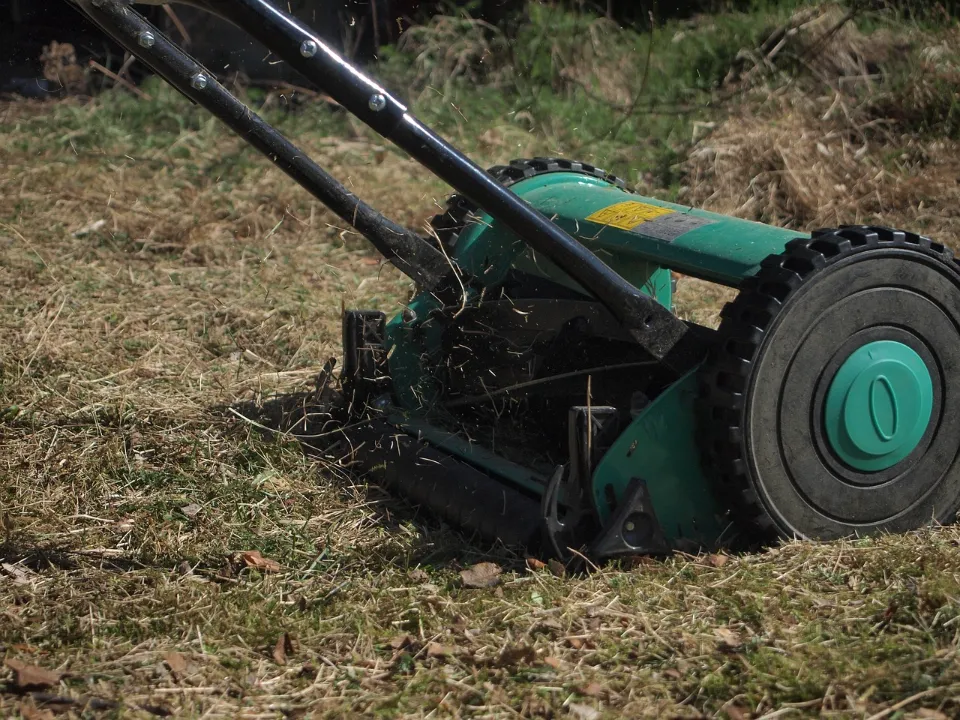
Preventing Thatch
The best way to prevent thatch is to have a good management program in place, and most of its catalysts can be avoided by simply adhering to good cultural practices that you ought to be carrying out anyhow.
Taking soil tests regularly can alert you to any changes in the pH that would cause microbial activity to drop, while core aeration alleviates soil compaction and boosts microorganisms’ activity as well.
Improved thatch breakdown rates can also be achieved by using pesticides sparingly and only when necessary, as well as controlled fertilizer applications that do not promote rapid growth.
It’s a common misconception that grass clippings cause thatch. It frequently decomposes quickly, so there isn’t much evidence to back up this assertion.
“However, if a thick thatch layer already exists, returning clippings can cause thatch increases,” wrote At Penn State, Peter Landschoot teaches turfgrass science. “This might be because the decomposing microbes can’t survive in the top layer of thatch, where clippings build up.”
Also, don’t overlook considering starting fresh with a more suitable grass type. Aggressive grass cultivars might be able to grow quickly, but they’ll end up causing more issues from the thatch accumulation. The amount of thatch formed can be decreased by combining perennial ryegrass with the more aggressive varieties.
Removing Thatch
If your client has thatch already over one inch, preventative practices are not going to be able to control the problem.
Thatch can be removed with rakes, a vertical mower, or a dethatching mower, depending on the quantity. People in some areas try to get rid of thatch by setting their yards on fire, but this is very dangerous and ineffective.
If the root system has started to grow in the thatch layer, you may also need to remove a significant portion of the turf, depending on how severe the thatch accumulation is.
Dethatching is a stressful process for the turf, so it should be conducted when the grass is actively growing and the soil is moderately moist. For cool-season grasses, early spring or early fall is ideal; for warm-season grasses, late spring through early summer after a couple of mowings.
This service can be combined with other renovation techniques like aeration, fertilization, and overseeding that you might provide.
How Can You Prevent Excess Thatch Buildup?
Dethatching your lawn is much more difficult than preventing excessive thatch buildup. Avoid overwatering your lawn and give it regular aeration to prevent the buildup of thatch. This will stop excessive moisture from forming a thick thatch layer. Exfoliating your lawn by raking it after mowing is particularly effective, and liquid dethatchers can work well, too.
If your lawn is healthy and the thatch layer is less than ½ inch thick, there’s no need to dethatch it. Dethatching, however, can significantly help the turf’s health if the thatch layer is thicker than ½ inch. Before starting the process, you should weigh the advantages and disadvantages of dethatching your lawn.
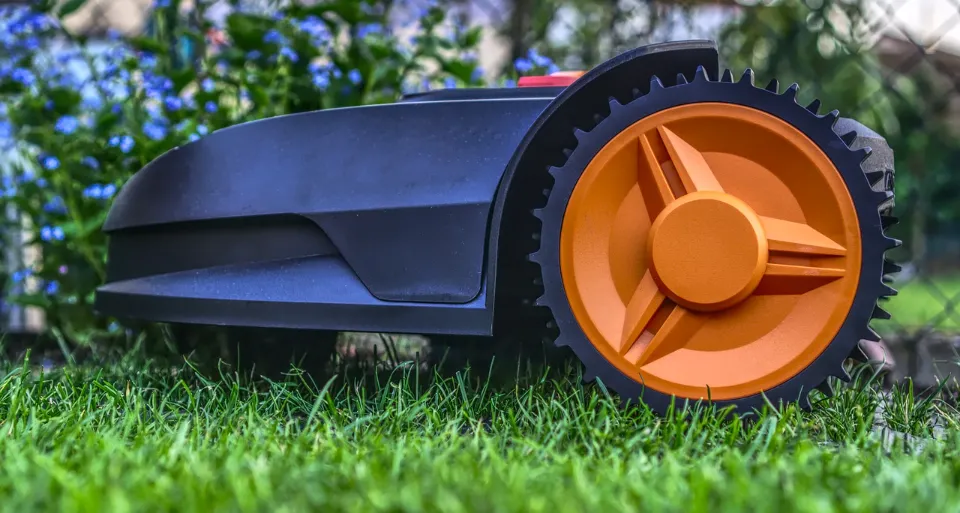
Conclusion
Dethatching is the process of removing the built-up layer of dead foliage (also referred to as thatch) between the soil and the healthy grass. Thatch can sometimes become difficult to remove because it is tangled up with living plants. While removing thatch from your lawn can improve soil oxygenation, it can also result in decreased moisture retention. There are many pros and cons of dethatching lawns to consider before committing to the process.
FAQs
Does Dethatching Ruin Your Lawn?
Early spring dethatching could harm young crowns, and early to midsummer dethatching puts additional strain on the grass during hot, dry spells. Dethatching in the middle to end of the fall is too late in the growing season because it leaves the grass vulnerable to damage over the winter and reduces the likelihood that the lawn will recover in the spring.
Is It Worth Dethatching a Lawn?
Done properly, dethatching helps restore your lawn to health and keep it beautiful in years to come. Dethatching can help you maintain your thick, lush grass if you know why, when, and how to do it.
How Long Does It Take for Lawn to Recover from Dethatching?
The lawn should recover and begin to show signs of new growth in about 3–4 weeks.

